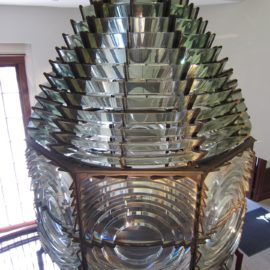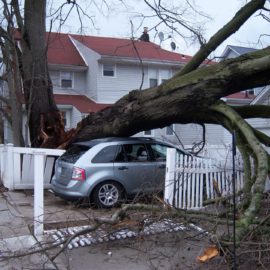
The sand we are using for coastal restoration is not the best. The best is deep sea sand and that is being considered.
How far out and at what depth are the first problems I think of.
If Louisiana wants its expensive coastal restoration projects to last longer and cost less over time, it should seek out a higher quality building material: deep sea sand. That’s the recommendation of a new study that found that the initial higher cost of digging up and transporting sand from the Gulf of Mexico’s Outer Continental Shelf is a better longer-term choice than using the finer, lighter sediment in the Mississippi River and along the coast. “It’s a lot like buying shoes,” said Rex Caffey, an LSU economist and the study’s lead author. “You can buy cheap shoes, but they’re not going to last as long as the more expensive and higher quality ones. In the long run, buying the more expensive shoes is probably the more economical choice.”
nola.com
This changes the budgeting as the quality of the sand has not been a consideration before.
Budgeting for restoration projects has traditionally focused on the cost of dredging and placing sediment rather than the quality of the sediment. The state Coastal Protection and Restoration Authority has recently prioritized deep sea sand for its biggest land rebuilding projects. The $216 million Caminada Headland project, for instance, used sand dredged and piped from a sunken shoal more 30 miles from the coast. The high cost of such projects has sparked debate about whether the state should focus on the more accessible near-shore material or the muddy sediment routinely dredged from the Mississippi to clear shipping channels. “But our findings justify the remote sourcing of sand out at the Ship Shoal,” Caffey said.

The simulation studied sett up similar situations with one having the fine sand and the other with the coarser blend.
The study simulated a 1,800-acre restoration project made of sand from the Outer Continental Shelf and sand sourced near the coast. After 50 years, about 490 acres of the project built with deep sea sand remained, whereas only 325 acres was left of the project made with finer-grain sediment. Under simulations punctuated by strong storms, the advantages of deep sea sand were even more pronounced, with cost advantages predicted within five years of a project’s completion. The three-year study was conducted with help from Mississippi State University, University of New Orleans and the Water Institute of the Gulf. A large share of the funding came from the the U.S. Bureau of Ocean Energy Management. Caffey admits sediment grain size isn’t the most exciting topic, “but it has huge economic impacts.”
Half of the budget is using sand to build up land.
About half of the state’s ambitious $50 billion Coastal Master Plan is devoted to digging up and moving sand. Much of the planned land building will target the state’s chain of barrier islands, which act as speed bumps, absorbing wind and wave power that would otherwise travel unimpeded through fragile wetlands and into towns and cities, including New Orleans. The coastal plan’s aim is to mitigate the disappearance of about a quarter of Louisiana’s total land area since the 1930s. The reasons for the state’s land loss crisis are varied: sea level rise, subsidence, hurricanes, erosion from oil and gas canals and river levees that prevent flooding but starve the coast of land-restoring sediment. Even invasive species play a role, with nutria, feral hogs and roseau cane scale damaging several hundreds of acres of coastal marsh each year. According to the CPRA, more than 90 million cubic yards of sediment — enough to fill the Superdome 17 times — will be needed to keep up with projected land losses over the next 45 years.

(Photo Provided by CPRA)
Digging up sand is not as easy as it sounds.
Digging up sand is a lot more complicated than it seems. First, state restoration managers have to find sandy deposits that are usually buried under heaps of mucky river sediment. Then comes the second challenge: getting through all of the oil and gas pipelines that lay on the seafloor. Tangles of poorly mapped and partially buried pipelines sit on several troves of quality sand. A dredge’s cutter head bumping into a pipeline would likely result in an environmental disaster. And then there are the dredges, or rather the lack of them. The U.S. has a relatively small, mostly privately owned dredge fleet and laws that protect it from foreign competition. The dearth of dredges has slowed several restoration projects and increased their costs, a problem that’s not likely to go away anytime soon. “For Louisiana, it’s so important to find the the most cost-effective way to do this, especially in the long-term,” Caffey said.
Deep sea sand sounds better as it lasts longer and I would imagine not as many underground pipes to worry about.



